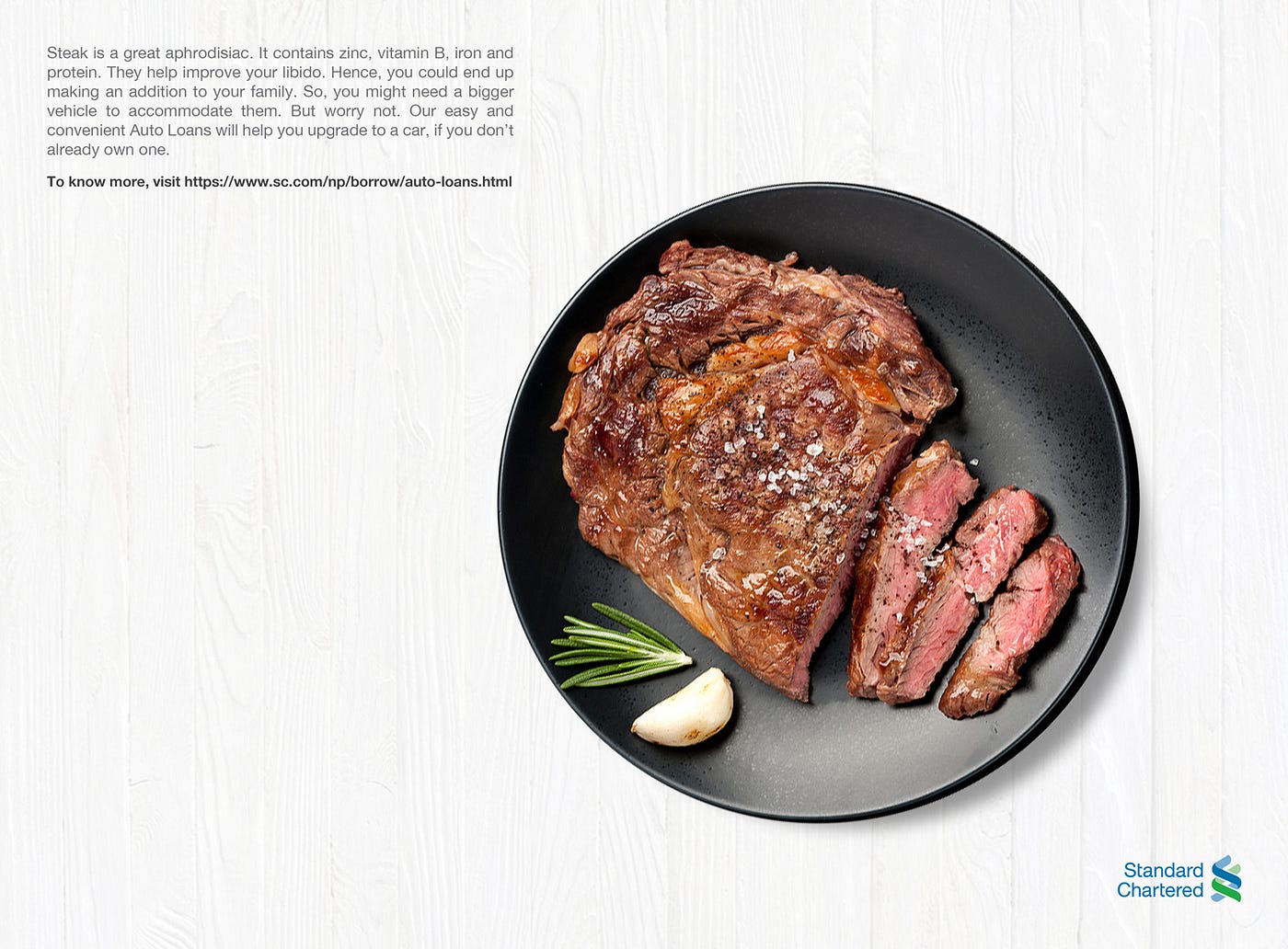Design 101: 6 Easy Steps to Better Design Quality
Designs have become indispensable entities in marketing. And every brand needs them.
But how do you know whether your designer is doing a good job? Or an external design team is providing the best design for the price? Simply evaluate the “design quality”. But is it really as simple as it sounds?

Checking whether the finished design has the intended color palette and font is pretty easy. But what about design quality? When you ask someone if the quality of design is good or bad, you do not get a binary answer. In fact, that’s one thing that makes design outsourcing tricky for most brands.
Because after all, like every other service we all want quality that justifies the price paid for the design service.
That’s why we are going to talk about design quality in this blog. We’ll get to all the little details like the definition of design quality, how to evaluate the quality of designs and how to ensure better design quality.
How Do You Gauge the Quality of Design?
Knowing how to evaluate the quality of design is one of the first steps to understanding how to improve the quality. Whether you are a designer or a non-designer, when you see a good design, you can tell.
Good design is straightforward. It is perfectly optimized with the brand it represents and the audience it is designed for.
Nearly 74% of marketers use visual elements of different kinds in nearly 70% of the content they use in marketing. But not all of them succeed. And this is often because of bad design quality. So, how do you know whether your design is good design?
Look for the below-mentioned qualities.
It conveys the meaning it had to convey
We’ll start with an example. What do you decipher from the logo below?

Did it take long for you to find out that this is a fashion logo? Probably not. The illustration must have said it at the first glance. And the pink tells you that it is about women’s fashion. The woman’s silhouette and the combination of black with pink tell that the brand deals with classy fashion.
Design that conveys the core meaning effortlessly is good design. In simple words, the clarity in the message conveyed is one of the first indicators of good design quality.
It accurately represents your brand’s persona
To explain this, we’ll look at a popular brand with a strong persona.
The below ad is from Rolex, an iconic name in the world of luxury wristwatches. Rolex has always been associated with “luxury”.

In the above ad, the color palette exuberates sophistication. And the ad is simple and to the point, with the entire focus on the product alone. The classic serif font chosen for the copy goes perfectly well with the logo and also reflects the persona of the brand.
On the whole, the design of the ad looks as refined as the wristwatches from the brand. That’s one good example of a design that aligns with the brand personality. And this is synonymous with good quality in design.
It resonates with your target customer persona

One glance and you will have guessed that the above flyer design is for something targeting children. And you are right. It is a promotion for a Science Fair for the little ones. Using direct visual cues to indicate who the target audience is, is one way to improve design quality.
Another is to design based on what the target audience will like or dislike. Some ideas resonate with teens and some with the elderly.
For example, a funky grunge theme might seem irrelevant when your target audience will be professionals in the higher level of management.
On the contrary, a crisp design that adds value to the user will be a better option in this case.
To sum it up, if the design keeps the target audience in focus, it is of great quality. 70% of marketers consider designs to be integral components in bringing better business benefits. So if these visuals are optimized for the target audience, they work as intended.
So, How Do You Work on Boosting Design Quality?
Before we tell you how to enhance design quality, we’ll tell you why it matters, with an example.
Look at the below images. Both are social media designs. And both talk about discounts. Which one do you think is of better design quality:

If you think the second one is of better design quality, you are not alone. The first one does convey the message. It has all the essential information about the sale including the date until which the discounts are available. But when you look at it, there are a few issues that make the design a not-so-favorable one:
- Your eyes are all over the place – there is no hierarchy
- There is not enough emphasis on the hero text, the offer details
- You find no traces of the website or product. So anyone coming across this post will simply scroll past since they will not know what’s being advertised.
- Poor choice of typefaces
- No clear distinction between the logo and the copy
The second one, on the other hand, looks better because of the following reasons.
- It has an eye-grabbing hero text that quickly tells what the offer is
- Displays the product on sale
- Emphasizes the discount code
- Provides a clear CTA at the bottom
Though both have similar information, the time it takes for you to process the second image is much less than the time it takes to process the first one. That’s how design quality can impact the overall user experience. UX is a matter of concern not just with websites and mobile app interfaces but also with advertisements and social media posts.
With that said, here are some ways in which you can boost your design quality and thus improve user experience.
1. Simplicity is never overrated
Half the time a design that was created after so much hard work turns out cluttered. Do you know why? This could be because of complicating the message or using too many design elements. When there is a simpler way to convey the message, why complicate it?
Most of the time adding too many design elements leads to poor design quality. Or this could be because there are too many ideas or too many interpretations for the design. So, your customers each get a different message. As a result, it gets difficult to track their reactions to the same ad.
To ensure good design quality, keep it simple. Remember, you cannot work on aesthetics by compromising on the purpose of the design.
We’ll show you how simplicity makes an impact with an example. Have a look at the below outdoor ad:

When you are rushing to catch your train, you might see a lot of ads in the subway. But simple ones like the ad in the above image are more likely to make an impact on you.
Firstly, the vibrant palette makes the ad stand out. Second, the imagery tells clearly that it is about pets and thus draws the attention of pet parents. Then, the words in bold tell you that it is about pet sitting services. And finally, the social media buttons tell you how to get in touch with the brand for more details.
So much is conveyed despite the fact that this is a simple design with a crisp copy.
When your design is this simple, people will get the message even when they are in a hurry. And that shows good design quality.
2. Do not mix too many styles
Overloading your design can lead to the deterioration of the design quality.
For example, there are many graphic design styles like Art Nouveau, Psychedelic style, and so on. If you try to add some punk-style fonts on top of retro art, do you think it will make a good design? While individually these elements might be quite powerful and beautiful in their own ways, will they look as beautiful when you bring them together? They won’t.
Put in simple words, trying to make too many visual styles work within a single frame can bring down your design quality.
Therefore, identify the right visual style for your campaign, something relevant to your brand. And then single-mindedly design around this style.
For, when you pick a style and stick with it, you create an impactful design that triggers the desired emotion. Take a look at one such design below:

From fonts to illustration and color palette, everything about the above design speaks “vintage”. What better way to promote a vintage carnival than this!
Kimp Tip: Every product or service or event you advertise might have an emotion attached to it. When your graphic design style manages to capture this emotion it results in a visually memorable ad.
Want to explore the different styles in graphic design to set your brand apart? Get in touch with the Kimp team today.
3. Do not underestimate typography
By typography, we mean everything from the typeface you choose to the font style, size and colors too. Because every little detail can make or break the design.
We’ll explain with an example. What do you think of when you look at the design below?
Would you say it is good design quality or bad? The background image is not too bad. The copy is crisp and conveys the message too. But, not the perfect typeface choice we would say. And that alone is enough to bring down the quality of the design.
On the other hand, look at the social media design below:

What do you notice in the above image? A fuss-free typeface and the perfect subtle glow effect to seamlessly fit into the background! Makes the whole design visually pleasant, doesn’t it?
That’s why we would like to emphasize here, the need for choosing the right font in order to maintain your design quality. It’s not just that, when you pick the right typeface, it sets the right mood. It also ensures that the information, the copy, is legible. Because if your customers have to strain their eyes to read critical information in your design, you lose them.
4. When good copy meets good design
The quality of a design depends on the quality of the copy as well. Good design with a bad copy and a powerful copy with poor design are both useless for any brand. So, if you want to create a good quality design that gets your customer’s attention and also gets them to click the CTA button, you should have the perfect balance of copy and design.
In the below ad from RayBan, there is nothing wrong with the design but the copy spoils it all.
On the contrary, the below ad from Loreal is brilliant in every way. The ad copy, the design, and the perfect choice of design elements and colors to keep it on-brand!

This shows how you can easily tell when a design is good. So, when you are working on improving the quality of your design it is important to focus both on the design aspects and the copy. That’s how you actually make a difference.
5. Defining a clear visual hierarchy
When you do not understand an ad, it is an indication of poor design. This can be because there is no clear focal point or defined priorities for the design elements in the ad. For an ad design to be good, there should be a focal point, a direction, and a natural flow in the ad. And that’s what we call visual hierarchy.
A lack of visual hierarchy leads to poor design quality. This makes the message difficult to interpret or leads to the design looking clumsy. The below brochure shows how bad hierarchy can dampen the quality of the design.
Now look at the below brochure design to see how visual hierarchy can lead to better design quality:

The above brochure has a lot of information – statistics to prove the efficiency of the proposed solution, details about the service packages, and an overview of how the service works. So, everything that a potential customer will look for before opting for the service is covered.
At the same time, there is a clear visual hierarchy. Data visualization and supportive design elements convey the statistics to make them easier to understand.
The separation of the service packages and emphasis on the price and other information makes it easier to compare them.
And finally, the steps are laid out in a clear layout with illustrations for quick interpretation and arrows that guide the customers through the steps.
Kimp Tip: Always remember that visual hierarchy does not come from a single element. Clear illustrations, bold font styles, color accents to emphasize specific elements together with relevant alignment build the visual hierarchy in a design.
Looking for visually appealing brochure designs? Choose a Kimp Graphics subscription.
6. Do not miss the essential details
Take a look at the below ad:

The design has a good copy and smart use of negative space. Overall, it looks good at the first glance. But something feels off, doesn’t it? And that is, you cannot instantly grab the message in the ad. That’s because there is no headline or hero text.
While the perception of a design is subjective, there are some common elements that every design should include. For ads (both print and digital), for example, there should be a:
- Title
- Body text
- A call-to-action
And all these are seamlessly integrated along with the design elements. For example, social media posts meant for the Feed might come with or without a CTA. But Story visuals and ads including traditional banner and carousel ads should have a CTA.
These are just a few examples of the essential elements in a good design. Missing one of these might not drastically affect the aesthetics of the design. Sometimes, the message will be clear too. But to get that message, and to know what to do after viewing the ad, users will have to do a bit of meandering around the design. And this is not exactly a good user experience.
After all, the best way to gauge the quality of a design will be to evaluate the user experience it delivers.
Taking Your Step Towards Better Design Quality by Choosing a Kimp Subscription
As you can see, there are so many aspects of the design itself and the experience it creates that determine the quality of the design. It takes years of experience and understanding of the world of design to achieve consistency in design quality. So, if you are finding it difficult to constantly produce good quality designs for your brand, leave it to us.
Sign up for a free trial of our unlimited design services today.



